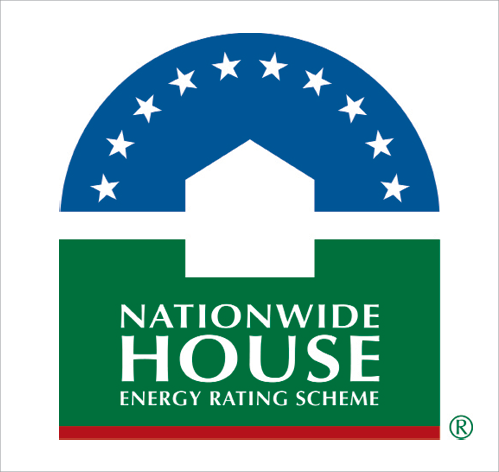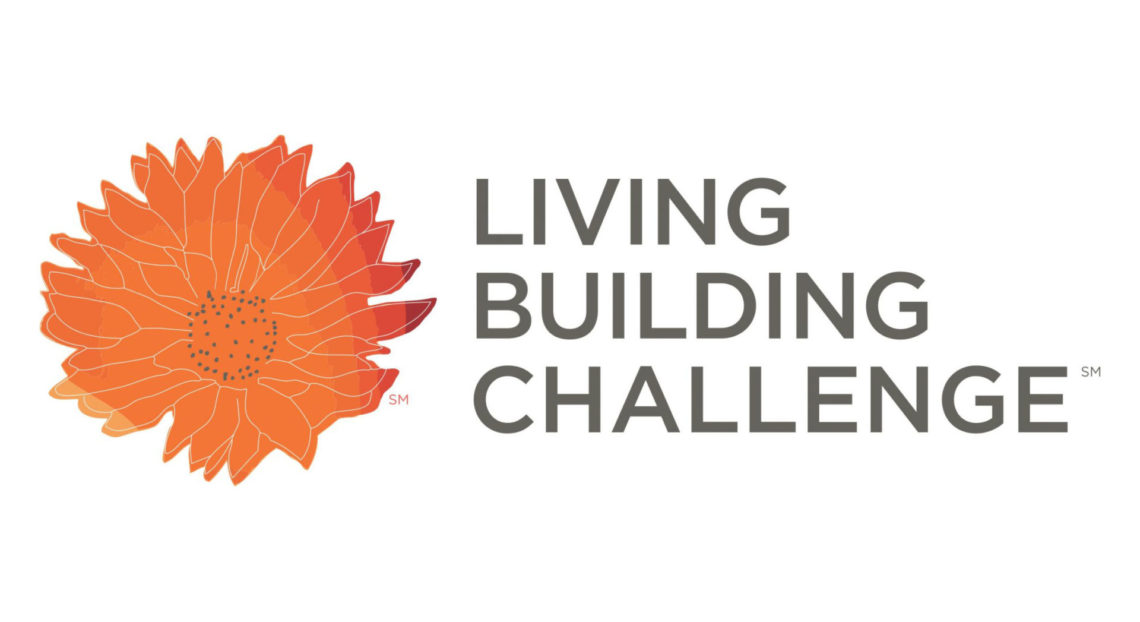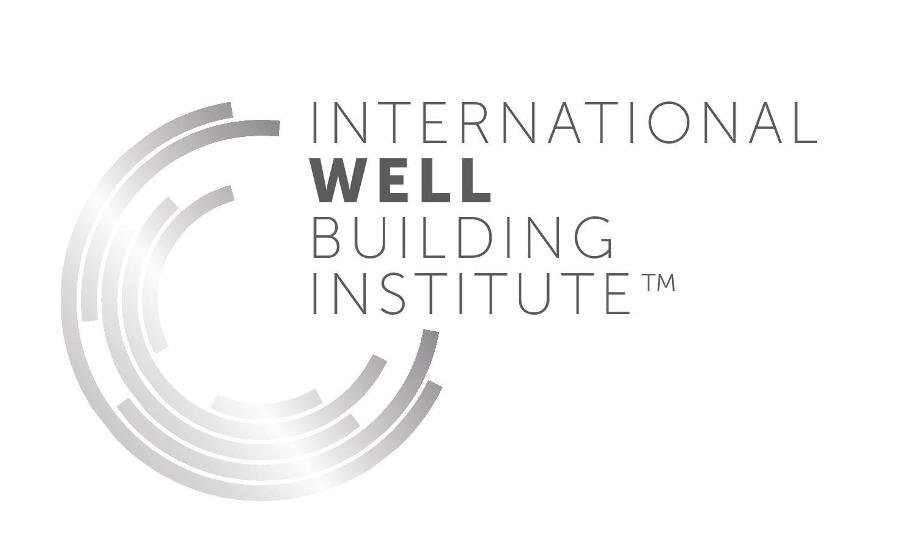National Australian Built Environment Rating System (NABERS)
NABERS pits buildings against similar buildings to see how they do on energy performance and other impact areas, such as water and waste.
These tools look at a building’s energy consumption (or other environmental uses such as water use) over the course of a year, and then also factor in building size, how many people use it, what time of day they use it, and what the local climate is like. It then compares like with like and benchmarks the data against other buildings in the same situation.
The tool is widely used, particularly for office buildings. Unlike predictive tools, it can only be used only for existing buildings and is designed to measure actual verified performance.
NABERS is used for offices (base building and tenancy), shopping centres, hotels, data centres, and apartment blocks.
Where is it used? Nationwide
Who runs it? The NSW Office of Environment and Heritage on behalf of the federal government
Mandatory or not? Mandatory for office buildings of 1000 square metres or more
Measurement system: zero to six stars














